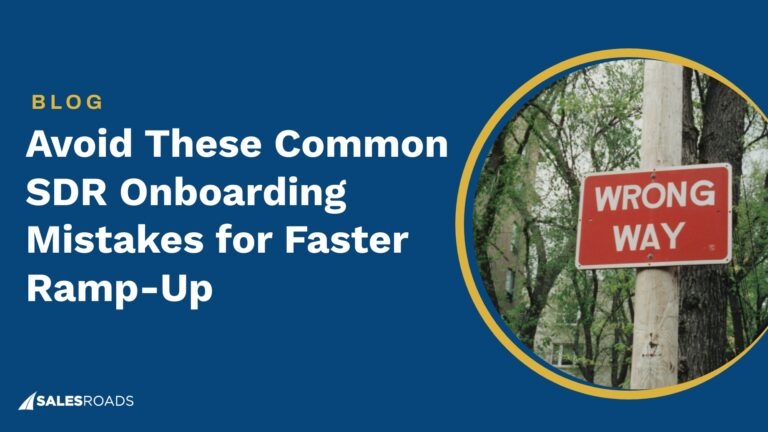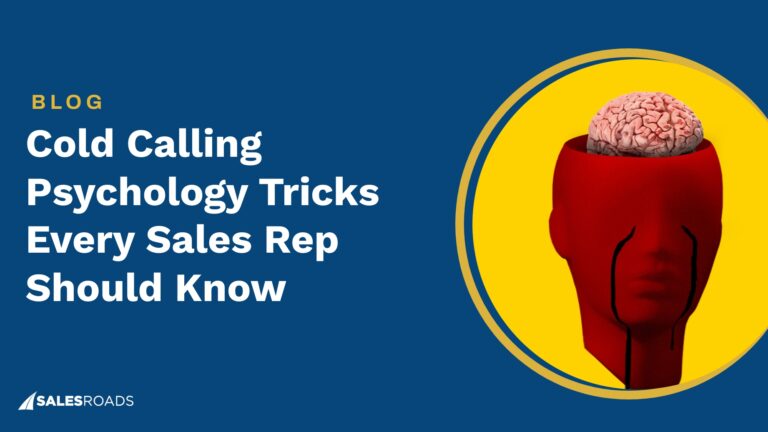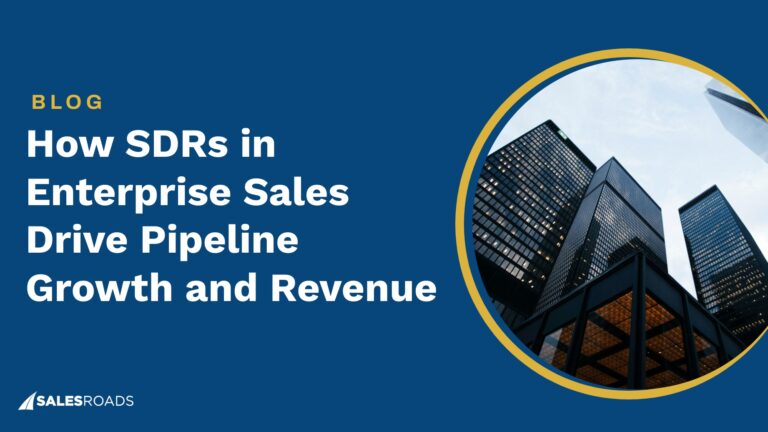While lead generation and business development are frequently lumped together, it’s crucial to recognize they are not synonymous but rather complementary facets of a business strategy.
While each of these strategies holds immense value individually, particularly in generating immediate results, their true potential is unleashed when they are skillfully integrated. This symbiotic relationship between lead generation and business development paves the way for sustainable, long-term growth, enabling businesses to not only attract customers but also to build lasting partnerships and expand their market influence.
Understanding Lead Generation vs. Business Development
Lead generation is the proactive process of pinpointing and drawing in prospective clients. This vital stage in the sales funnel is achieved through a mix of targeted sales and marketing strategies.
Businesses utilize tools such as personalized email campaigns, cold outreach tactics, and compelling content marketing initiatives to capture the attention of potential customers.
On the flip side, business development focuses on forging and nurturing meaningful relationships with key customers and strategic partners. This approach transcends mere transactions, emphasizing a deep understanding of customer needs and goals. Through this intimate knowledge, businesses can tailor their offerings, creating bespoke solutions that resonate deeply with their clientele.
Both lead generation and business development are essential elements for any company’s growth. By understanding the key differences between the two, you can craft a more effective growth strategy for your business:
| Business development | Lead generation | |
| Goals and objectives | Capitalizing on new opportunities that can lead to increased profitability and market share. | Filling the sales pipeline with potential business opportunities. |
| Tactics and strategies | Networking events, 1:1 meetings, corporate partnerships, or joint ventures | Inbound and outbound tactics such as content marketing, social selling, email campaigns, or cold calling |
| Timeline and outcome expectations | Longer timeframs | Immediate results and shorter timeframes |
Goals and objectives
Lead generation is fundamentally about attracting potential customers to boost sales. Its primary goal is to create a large, qualified pool of prospects that can be nurtured into customers.
This is a numbers-driven objective, where success is often measured by the volume of leads generated and the conversion rates of these leads into paying customers. The focus is on creating immediate interest and response, filling the sales pipeline with potential business opportunities.
In contrast, business development is not just about increasing sales but more about the overall growth and expansion of the company. It involves identifying and leveraging opportunities for long-term value creation. This could be through forming strategic partnerships, entering new markets, or developing new channels for distribution or revenue.
The objectives here are more strategic, focusing on relationship building, market positioning, and sustainable growth. Business development aims to create and capitalize on new opportunities that can lead to increased profitability and market share over time.
Tactics and strategies
The tactics and strategies in lead generation and business development significantly vary due to their differing goals.
Lead generation uses more direct and immediate strategies. These often include inbound and outbound strategies such as content marketing, social selling, email campaigns, or cold calling.
The approach is often broad and aimed at capturing as wide an audience as possible. Analytics and data-driven insights play a crucial role in refining these strategies to ensure they target the right audience with the right message.
Business development, however, employs more nuanced and relationship-oriented strategies. It involves identifying potential partners, networks, and markets, and then strategically engaging with them. This could include networking events, 1:1 meetings, corporate partnerships, or joint ventures. The focus here is on building long-term relationships and alliances.
Unlike lead generation, business development requires a deep understanding of the business ecosystem, including competitors, market trends, and potential growth areas. These strategies are typically more personalized and require a higher level of investment in terms of time and resources.
Timeframe and outcome expectations
The timeframes and outcome expectations for lead generation and business development are distinct, reflecting their different approaches.
Lead generation is often characterized by shorter timeframes. It’s focused on generating immediate results, with campaigns designed to quickly attract and convert leads.
The outcomes are usually immediate and measurable, such as an increase in leads, higher conversion rates, or a direct boost in sales. These metrics are essential for evaluating the effectiveness of lead generation strategies and making necessary adjustments.
In contrast, business development operates on a longer timeframe. The outcomes of business development efforts might not be immediately visible, as they are more strategic and long-term in nature.
Success in business development is measured over months or even years, not in immediate sales or leads. It involves nurturing relationships, understanding market dynamics, and gradually establishing a presence in new markets or sectors.
The focus is on building a strong foundation for sustainable growth, which can lead to increased profitability, enhanced market position, and stronger business alliances over time.
How Lead Generation and Business Development Complement Each Other?
While our previous discussion illuminated their differences, it’s equally important to recognize how these two strategies can complement each other, working together to drive a business toward its goals.
Lead generation is the starting point.
Lead generation is the first step in a company’s sales process. It’s about casting a wide net to capture as many potential customers as possible. This phase involves utilizing a variety of sales and marketing strategies to attract leads.
The primary goal here is to fill the sales pipeline with a substantial number of leads, creating a foundation upon which business development efforts can build.
Business development builds on the captured deals.
Once leads are generated, business development takes the baton. This stage is about nurturing and converting these leads into long-term, profitable relationships. It involves more personalized, strategic efforts like networking, partnership building, and exploring new market opportunities.
Business development strategies are designed to deepen relationships with potential clients, understand their specific needs, and tailor solutions that align with those needs.
Synergy in action takes place.
The synergy between lead generation and business development is where the magic happens. Lead generation provides the necessary volume of potential clients, which business development then capitalizes on to create depth and value in relationships. This combination ensures not only an influx of prospects but also the cultivation of these prospects into long-term partners and clients.
An essential aspect of this synergy is the feedback loop between the two strategies. Insights gained from business development interactions can inform and refine lead generation tactics.
Understanding the needs and preferences of successfully converted leads can help tailor your sales and marketing efforts to attract similar, high-quality leads. Similarly, trends and data from lead generation campaigns can guide business development strategies, helping to identify which markets or demographics to focus on.
Maximizing Lead Generation Strategies for Business Development
Aligning business goals with the appropriate growth strategies is crucial, particularly when considering the distinct yet interconnected roles of lead generation and business development.
For instance, for startups focused on building a customer base and boosting sales, prioritizing effective lead generation is key. This initial push helps to quickly fill the sales pipeline with potential customers, essential for early-stage growth. Conversely, established companies should place greater emphasis on business development. This shift in focus is aimed at cultivating long-term relationships with existing customers and partners, which is vital for sustained growth and market presence.
The integration of lead generation techniques that align with and support business development goals is instrumental for optimal growth. Business development executives can drive company success by focusing on targeted campaigns designed to generate high-quality leads.
Lucia Pissedu, Founder of The BD School, highlights this intrinsic link between lead generation and business development. She notes, “[The need to] capture leads is the only thing all business developers have in common.”
Similarly, sales expert Ron Dukker points out that key lead generation activities are not just about attracting leads; they also provide crucial support to business development teams in their pursuit of long-term growth.
Be targeted in your efforts.
A focused lead generation strategy is paramount in attracting the right prospects and transforming them into valuable business relationships. The key lies in pinpointing your ideal customer profile. Business development reps and sales reps play a pivotal role here, collaborating to craft detailed buyer personas.
These personas guide the development of targeted campaigns, ensuring that your marketing and sales efforts are concentrated on individuals most likely to engage with your offerings.
This targeted approach goes beyond just attracting leads; it’s about fostering quality engagements that lead to sustained business growth. It’s a strategic, data-driven effort that not only optimizes your sales process but also builds deeper customer relationships, offers sharper market insights, and enhances return on investment.
Combine inbound and outbound lead gen tactics.
The dichotomy between inbound and outbound strategies is well-known. While inbound methods, like content marketing and SEO, pull customers towards your brand, outbound tactics push your message to potential clients through approaches like cold calling and direct mail. Contrary to popular belief, these strategies are not mutually exclusive but are, in fact, complementary.
Embracing both inbound and outbound methodologies allows for a more comprehensive lead generation strategy. Outbound tactics, often perceived as outdated or less efficient, offer the advantage of direct, personal interaction, potentially leading to larger and faster deals. Meanwhile, inbound strategies excel in building brand awareness and nurturing leads over time.
Integrating these methods results in a dynamic, multi-faceted approach. For example, insights gained from inbound efforts can refine outbound tactics, creating a continuous improvement cycle. A practical application of this integration could involve following up on a webinar attendee with a personalized call, further nurturing the lead and potentially accelerating the sales process.
Leverage social selling.
A LinkedIn-sponsored white paper found that “75% of B2B buyers and 84% of C-level/vice president (VP) executives surveyed use social media to make purchasing decisions.” To stay ahead of the curve, sales professionals seek fresh strategies to drive meaningful conversations with prospects — and social selling has come to answer the challenge.
Utilizing social media platforms, sales professionals can forge and nurture connections with potential customers, aligning their efforts with the modern buyer’s journey.
Far from replacing traditional methods, social selling complements them by providing a platform for engaging and educating prospects. By integrating social selling into their strategy, sales professionals can stay at the forefront of customer engagement, offering valuable content, fostering meaningful dialogues, and building relationships that transcend the digital realm.
Bottom Line
The effective integration of lead generation and business development is not merely a tactical choice but a strategic imperative for sustained business growth. Lead generation serves as the catalyst, initiating customer engagement and market penetration.
Business development, in turn, builds upon this foundation, deepening relationships and exploring new avenues for expansion. Together, these strategies form a cohesive framework that drives both immediate results and long-term success. Businesses aiming for longevity and market leadership must skillfully balance these two elements, ensuring a continuous cycle of growth and innovation.











